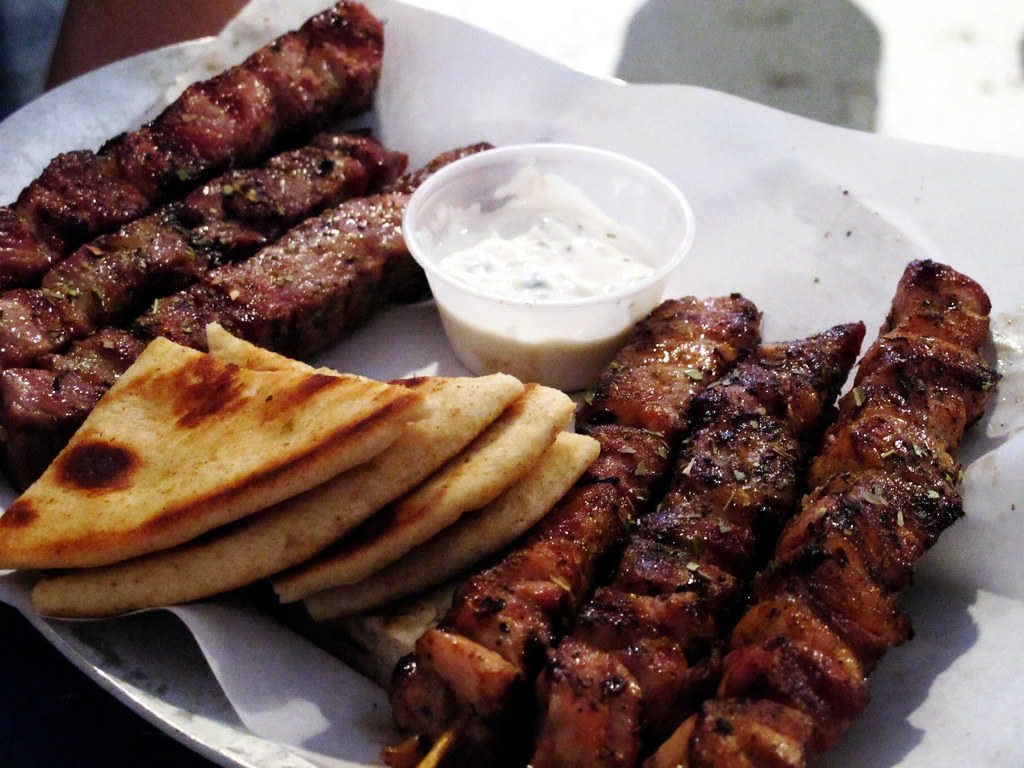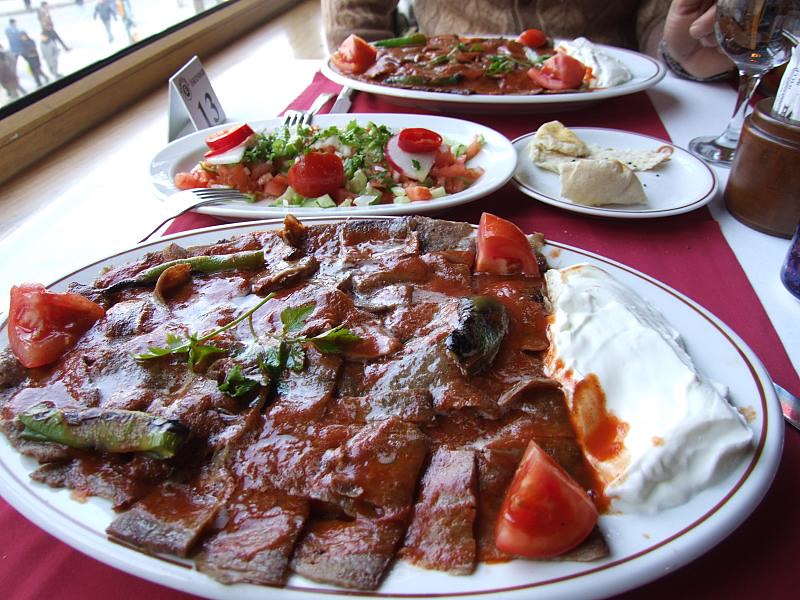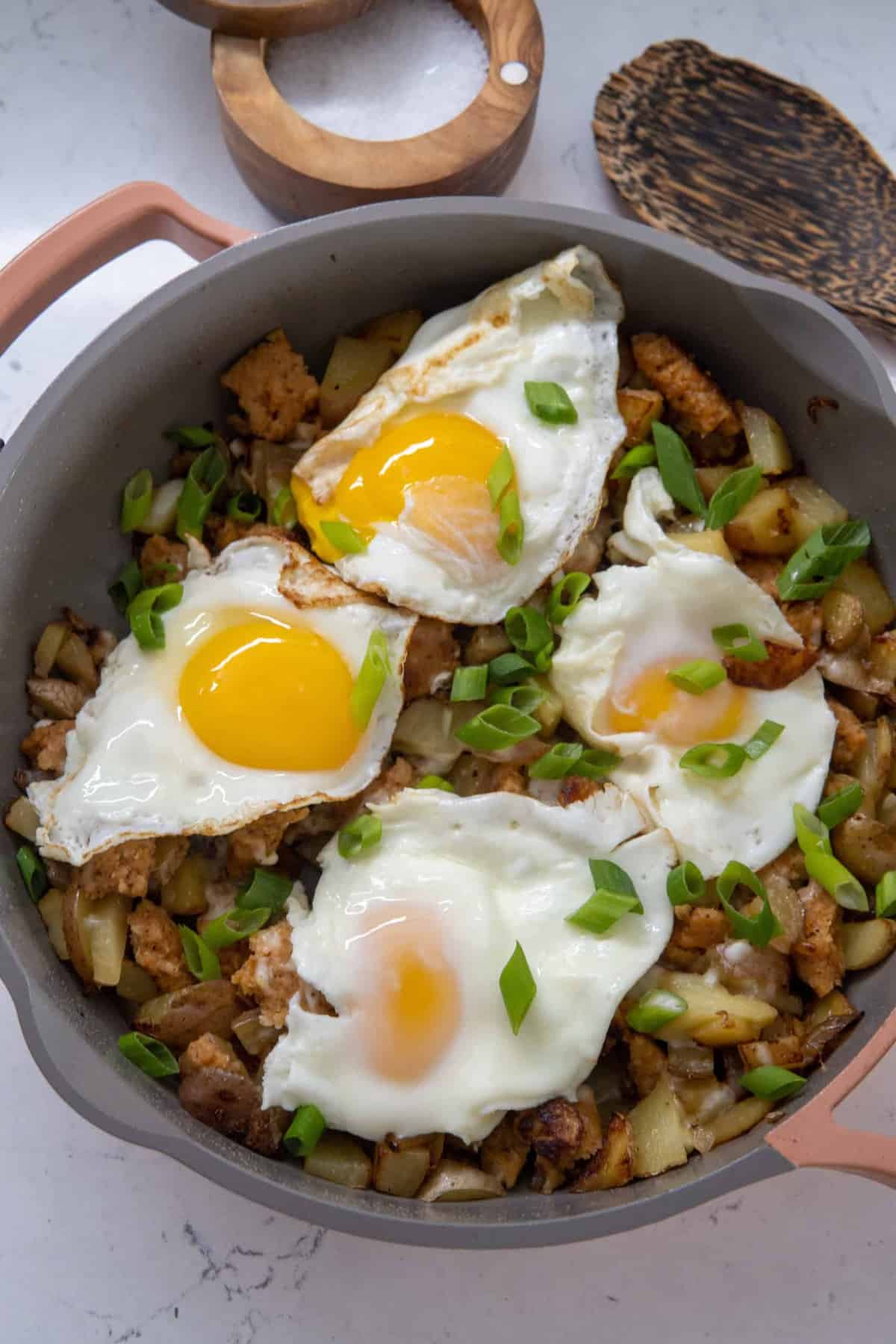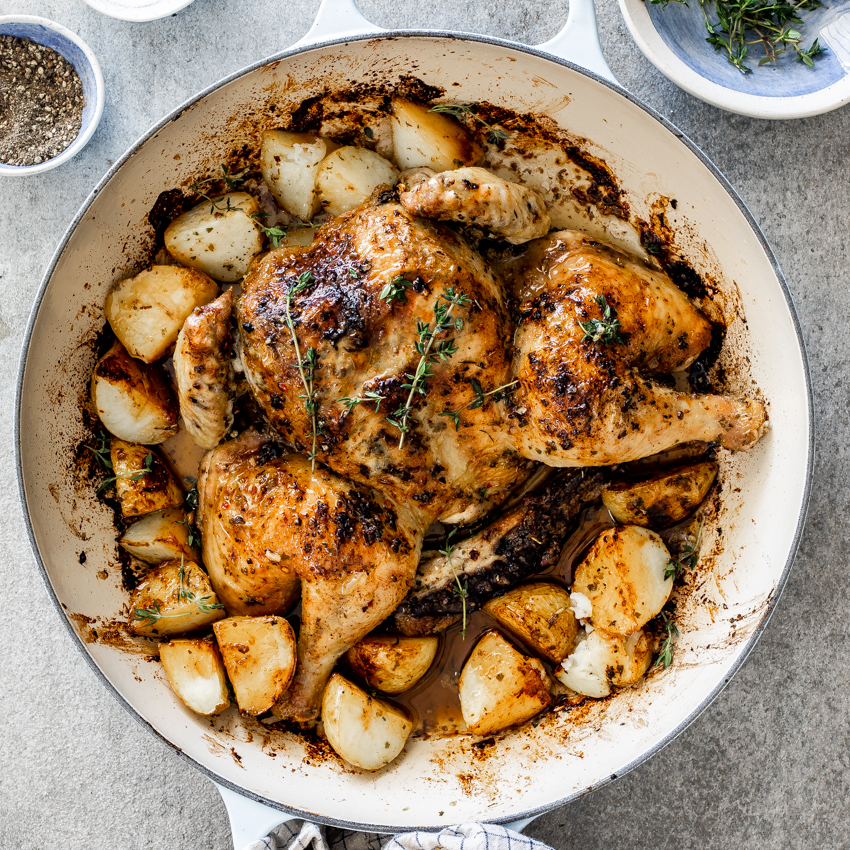Korean Bulgogi Recipe
Indulge your taste buds with the delicious and savory flavors of Korean Bulgogi Recipe. This classic dish is packed with mouth-watering ingredients and offers a unique blend of sweet and savory flavors that will leave you craving for more.
Personal Touch:
Growing up, Korean Bulgogi was a family favorite dish that we would enjoy on special occasions. The tender beef marinated in a flavorful sauce always brought smiles to our faces and created lasting memories around the dinner table.
Origin and History of this Recipe:
Korean Bulgogi has a rich history dating back to ancient times when it was traditionally prepared for special occasions and celebrations. The term “Bulgogi” translates to “fire meat,” which refers to the cooking technique of grilling meat over an open flame. This flavorful dish has since become a popular staple in Korean cuisine, loved for its tender marinated beef and irresistible taste.
Things to Expect in this Post Article:
In this post, we will delve into the history and origins of the Korean Bulgogi recipe, provide a detailed list of ingredients, offer step-by-step preparation instructions, discuss nutritional information, share personal insights, and provide tips and tricks for enhancing the dish.
Ingredients List:
- 1 pound thinly sliced beef (such as ribeye or sirloin)
- 1/2 cup soy sauce
- 1/4 cup brown sugar
- 3 cloves garlic, minced
- 1 tablespoon sesame oil
- 1 tablespoon grated ginger
- 1/2 teaspoon black pepper
- 1 onion, thinly sliced
- 2 green onions, chopped
- 1 tablespoon sesame seeds (optional)
- 1 pear, grated (optional for sweetness)
Preparation Steps:
- In a bowl, mix together soy sauce, brown sugar, garlic, sesame oil, ginger, and black pepper to create the marinade.
- Add the beef slices to the marinade and let it sit for at least 30 minutes to overnight for maximum flavor infusion.
- Heat a skillet or grill over medium-high heat and cook the marinated beef along with sliced onions until the beef is cooked through.
- Garnish with chopped green onions and sesame seeds before serving hot over steamed rice.
Cooking Time & Servings:
This Korean Bulgogi recipe takes approximately 30 minutes to prepare and serves 4 people.
Nutritional Information:
Per serving, Korean Bulgogi provides a good source of protein, iron, and essential vitamins. It is relatively low in calories and can be a part of a balanced diet when enjoyed in moderation.
Health Conditions and People to Avoid This:
Those with soy allergies or sensitivities should avoid this dish due to the soy sauce content. Additionally, individuals with high blood pressure or heart conditions should consume this dish in moderation due to its sodium content.
Nutrition and Benefits to the Body:
The protein in Korean Bulgogi helps in muscle repair and growth, iron supports red blood cell production, and vitamins from the marinade ingredients contribute to overall health and well-being.
Disadvantages:
Excessive consumption of the marinade’s sugar content may lead to increased blood sugar levels and weight gain. It’s important to enjoy Korean Bulgogi in moderation to maintain a balanced diet.
Tips and Tricks:
For a twist on the traditional recipe, try adding sliced mushrooms or bell peppers to the marinade for added flavor and texture. Additionally, using a tender cut of beef will result in a more tender and juicy Bulgogi dish.
Equipment Needed:
To prepare Korean Bulgogi, you will need a mixing bowl, a skillet or grill, a sharp knife for slicing meat, and measuring cups/spoons for accurate ingredient measurements.
Variations or Substitutions:
For a vegetarian option, substitute the beef with tofu or mushrooms marinated in the same sauce. You can also adjust the sweetness level by adding more or less brown sugar or pear juice to the marinade.
Serving Suggestions:
Serve Korean Bulgogi hot over steamed rice and with a side of kimchi and pickled vegetables for an authentic Korean dining experience. You can also wrap the Bulgogi in lettuce leaves with rice for a delicious Korean BBQ lettuce wrap.
Storage and Reheating Instructions:
Store any leftover Korean Bulgogi in an airtight container in the refrigerator for up to 3 days. To reheat, simply heat in a skillet over medium heat until warmed through.
Conclusion:
We hope you enjoy trying out this Korean Bulgogi recipe at home and sharing it with your loved ones. Don’t forget to share your creations on social media and tag us for a chance to be featured. Happy cooking!
Frequently Asked Questions (FAQs)
Q: Can I use chicken instead of beef for this recipe?
A: Yes, you can substitute beef with chicken in this recipe for a delicious twist on this traditional dish.
Q: Is it necessary to add grated pear to the marinade?
A: The grated pear adds a natural sweetness to the marinade, but you can omit it if you prefer a less sweet flavor.
Q: Can I freeze leftover Bulgogi for later consumption?
A: Yes, you can freeze leftover Bulgogi in an airtight container for up to 3 months. Just thaw and reheat before serving.
Q: How spicy is Korean Bulgogi?
A: Korean Bulgogi is not traditionally spicy, but you can add red pepper flakes or gochujang for a spicy kick.
Q: Can I marinate the beef for more than 24 hours?
A: Marinating the beef for longer than 24 hours may result in the meat becoming too tender, so it’s best to stick to the recommended marinating time.
















